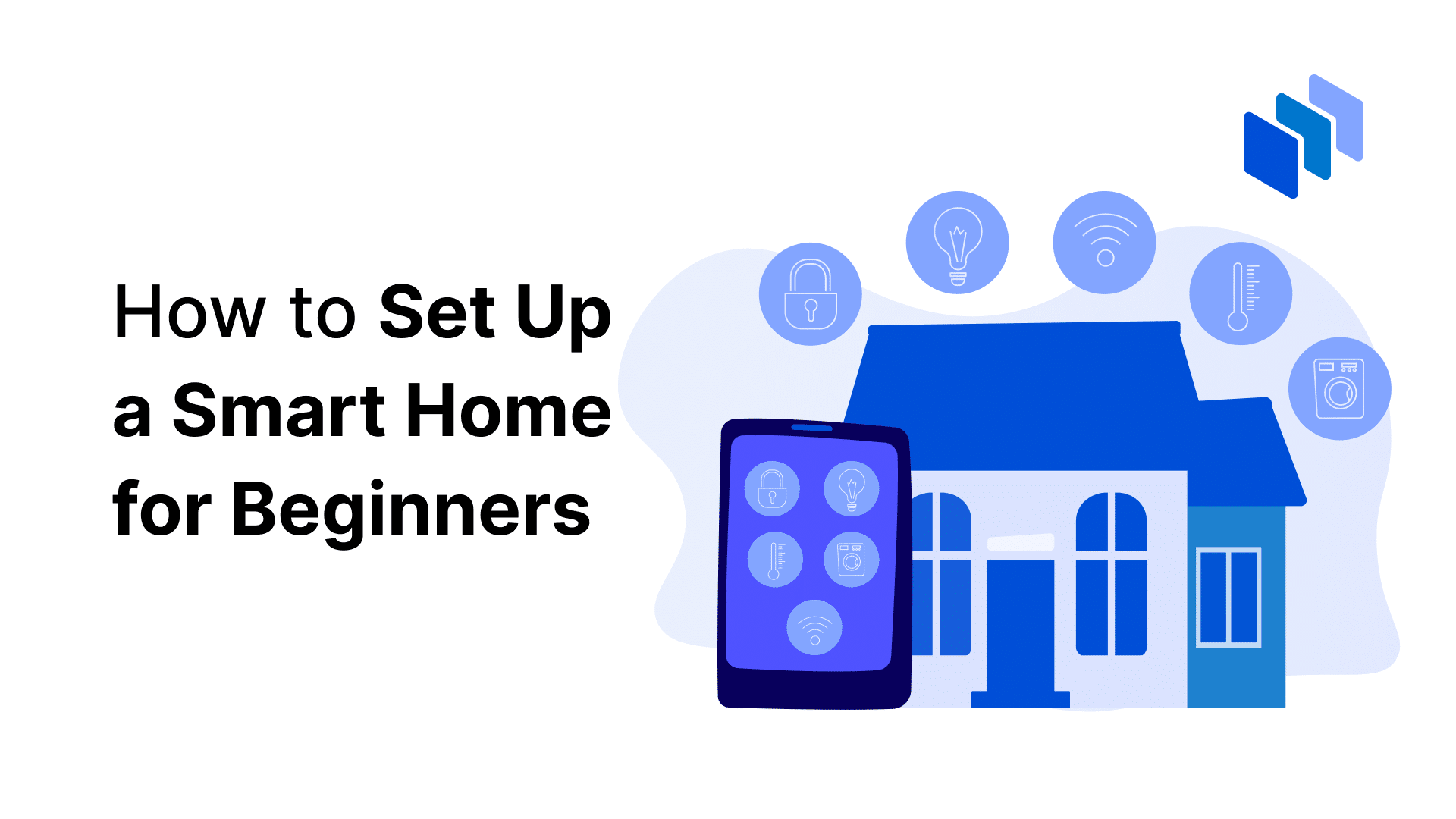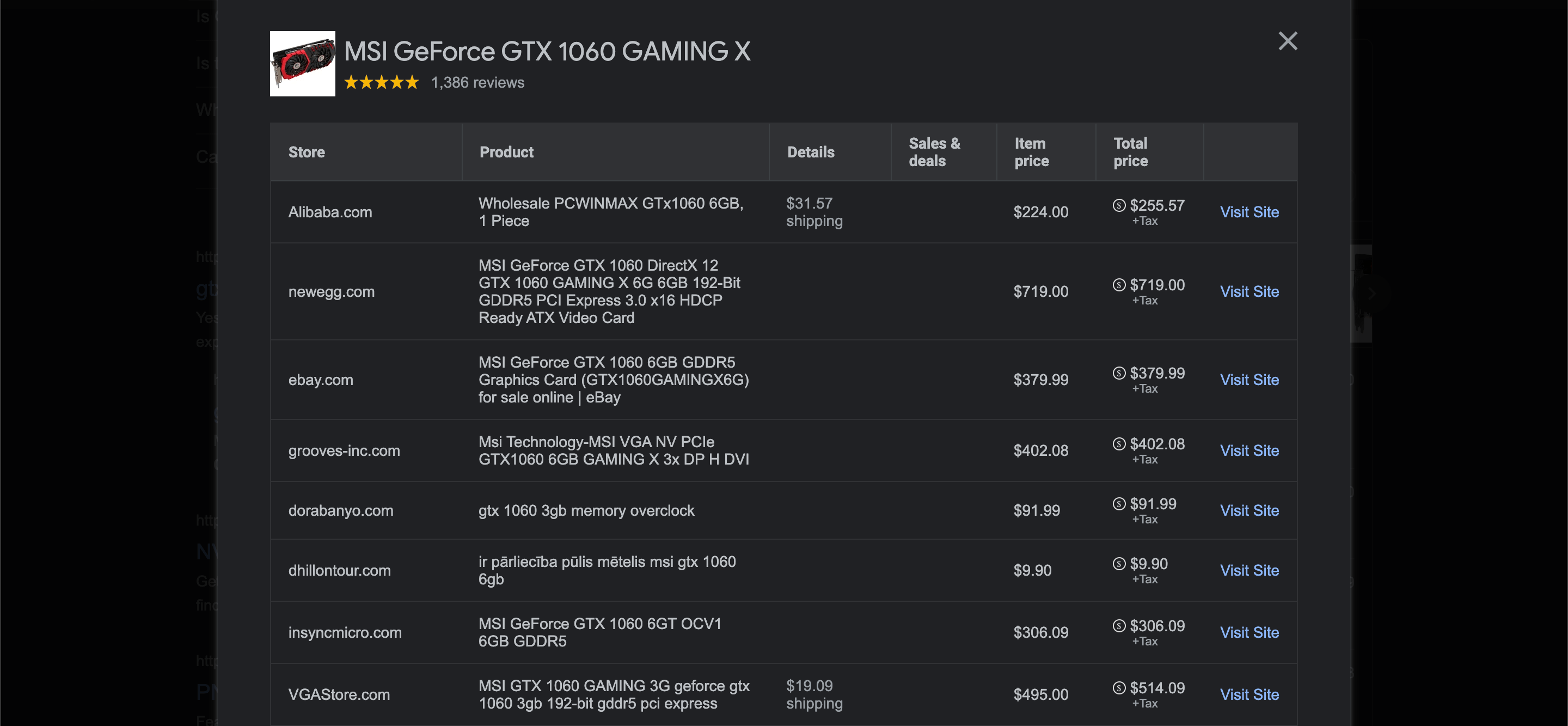To mine cryptocurrency at home, you need a fast graphics processing unit for a chance at rewards. However, solo mining with just one GPU is highly unlikely to yield results.
Cryptocurrency mining at home requires specialized hardware like GPUs and knowledge of mining profitability and setup. Popular cryptocurrencies like Bitcoin, Ethereum, Litecoin, and Monero can still be mined at home, depending on market value and mining difficulty. Understanding how Bitcoin mining works and selecting the right cryptocurrency to mine are crucial factors for success in this venture.
By following a step-by-step guide and staying updated with the latest mining trends, enthusiasts can explore the rewarding world of cryptocurrency mining from the comforts of their home setup.
Understanding Cryptocurrency Mining
Cryptocurrency mining is the process of validating transactions on a blockchain network and adding them to the public ledger known as the blockchain.
Proof of Work: In this consensus algorithm, miners compete to solve complex mathematical puzzles to validate transactions and create new blocks.
Proof of Stake: This algorithm selects validators based on the amount of cryptocurrency they hold, encouraging miners to validate transactions based on the coins they have staked.
What Is Cryptocurrency Mining?
Cryptocurrency mining involves using computer hardware to solve complex mathematical problems, confirming transactions on the blockchain network and receiving rewards in the form of newly minted coins.
How Mining Works
- Mining involves verifying transactions by solving cryptographic puzzles.
- Miners compete to be the first to find the correct solution and validate the block.
- Successful miners are rewarded with newly minted cryptocurrency and transaction fees.
Benefits Of Mining
- Supports the security and decentralization of the cryptocurrency network.
- Provides an opportunity to earn passive income through mining rewards.
- Contributes to the growth and stability of the blockchain ecosystem.
Risks And Challenges
- High energy consumption associated with mining operations.
- Increasing competition and difficulty levels in mining.
- Hardware and maintenance costs can impact profitability.
Conclusion
Understanding the fundamentals of cryptocurrency mining is essential for those looking to participate in this innovative process and contribute to the success of blockchain networks.

Credit: www.realvision.com
Building A Mining Rig
Building a mining rig is an essential step in the process of mining cryptocurrency at home. A mining rig is a specialized computer system that is designed to solve complex mathematical algorithms and mine cryptocurrency. In this section, we will explore the key steps involved in building a mining rig, including selecting the right hardware and setting up the rig for optimal mining efficiency.
Selecting Hardware
Choosing the right hardware is crucial for building a successful mining rig. Here are the key components you need:
- A powerful CPU (Central Processing Unit) or GPU (Graphics Processing Unit): These are responsible for solving the complex mathematical equations required for mining. GPUs are generally more efficient for mining compared to CPUs.
- A motherboard: This will serve as the foundation for your mining rig, providing the necessary connections for all the components.
- RAM (Random Access Memory): Sufficient RAM is necessary to ensure smooth operation of the mining rig.
- A power supply: You will need a high-quality power supply that can handle the power demands of your mining rig.
- Storage: Choose a reliable and fast SSD (Solid State Drive) or HDD (Hard Disk Drive) to store the operating system and mining software.
It is important to do thorough research and choose components that are compatible and optimized for mining cryptocurrency. Consider factors such as power consumption, hash rate, and cost-effectiveness when selecting your hardware.
Setting Up The Rig
Once you have gathered all the necessary hardware, it’s time to set up your mining rig. Follow these steps:
- Assemble the components: Install the CPU/GPU, motherboard, RAM, and storage devices into the rig according to their respective manuals.
- Connect the power supply: Ensure all cables are securely connected to the motherboard, CPU/GPU, and storage devices.
- Install the operating system: Choose a lightweight operating system such as Linux or Windows, and install it on your storage device.
- Install mining software: Download and install a mining software specifically designed for the cryptocurrency you intend to mine. Configure the software with your mining pool information.
- Optimize settings: Fine-tune your mining software settings to maximize the efficiency of your mining rig, such as adjusting power limits and GPU core clock.
- Monitor and maintain: Regularly monitor your rig’s temperature, power consumption, and mining performance. Clean the rig from dust and ensure proper ventilation to prevent overheating.
Building a mining rig can be a challenging task, especially for beginners. However, with the right hardware selection and careful setup, you can create a powerful mining rig to generate cryptocurrency from the comfort of your own home.
Choosing The Right Cryptocurrency
In the world of cryptocurrency mining, choosing the right cryptocurrency to mine can significantly impact your profitability. With thousands of cryptocurrencies available, it’s important to consider certain factors before diving into the mining process. Let’s explore some key factors to consider when choosing the right cryptocurrency to mine at home.
Factors To Consider
- Profitability and Market Trends
- Level of Difficulty
- Hardware Compatibility
- Energy Efficiency
- Social Impact
Profitability And Market Trends
When it comes to mining cryptocurrency at home, profitability is a crucial factor to consider. It’s important to assess the current market trends and the potential for growth in the future. Research the historical prices, trading volumes, and market capitalization of the cryptocurrency you are interested in mining. This information will help you understand the potential profitability and decide whether it’s worth investing your resources.
Additionally, keep an eye on the mining difficulty of the chosen cryptocurrency. The more difficult it becomes to mine a particular cryptocurrency, the lower the profitability. Evaluate the mining algorithms used by different cryptocurrencies and consider the availability of specialized mining equipment such as ASICs for certain algorithms. This analysis will help you determine the potential return on investment.
Moreover, consider the energy consumption of the chosen cryptocurrency. Some cryptocurrencies may require high computational power, leading to substantial energy consumption. This can have a significant impact on your overall profitability. Look for cryptocurrencies that are energy-efficient and have a low carbon footprint.
Conclusion
Choosing the right cryptocurrency to mine at home requires careful analysis of several factors, including profitability and market trends. Assessing the potential return on investment, considering the level of difficulty, hardware compatibility, energy efficiency, and the social impact of the cryptocurrency will help you make an informed decision. By selecting the right cryptocurrency, you can maximize your mining profits and contribute to the thriving world of cryptocurrencies.

Credit: www.techopedia.com
Calculating Profitability
Mining calculator tools are essential for estimating your potential profits from cryptocurrency mining. By inputting variables such as hash rate, power consumption, and electricity cost, these tools provide a clear picture of your expected earnings.
Estimating Break-even Time
Estimating the break-even time is crucial to determine when your mining operation will start generating profits. This calculation involves analyzing your initial investment, operational costs, and the expected revenue from mining rewards.
“` Hope this helps! Let me know if you need any more assistance.Setting Up Mining Software
Mining cryptocurrency at home can be an exciting and potentially profitable venture. Setting up the mining software is a crucial step that requires careful attention to detail for optimal performance. Here’s a guide to help you through the process.
Downloading And Installing
To get started, the first step is to download the appropriate mining software for the cryptocurrency you plan to mine. Various options are available, depending on the type of cryptocurrency and your operating system. Once downloaded, follow the installation instructions provided by the software developer. Ensure your system meets the software’s requirements for smooth installation.
Configuring For Optimal Performance
After the software is installed, it’s essential to configure it for optimal performance. This involves customizing settings such as hash rate, power consumption, and pool connection. Different cryptocurrencies may require different configurations, so be sure to research and understand the requirements for your specific cryptocurrency. Additionally, ensure your hardware is optimized to align with the software settings for efficient mining.
By following these steps, you can effectively set up your mining software at home and maximize your chances of success in cryptocurrency mining.
Mining At Home Vs. Mining Pools
Mining cryptocurrency at home has become an increasingly popular endeavor for tech-savvy individuals looking to capitalize on the lucrative world of digital currencies. One of the fundamental considerations when venturing into cryptocurrency mining is the choice between mining at home and joining mining pools, each with its own distinct benefits and drawbacks.
Benefits And Drawbacks
When it comes to mining at home, one of the main advantages is the control and autonomy it offers. Miners have the freedom to set up their rigs and choose the specific cryptocurrencies they want to mine. Additionally, mining at home allows for the full reward to be collected by the individual miner, without having to share it with others.
However, mining at home also has its drawbacks. It requires a significant initial investment in hardware and consumes substantial electricity, leading to high operational costs that may outweigh the mining rewards for some individuals.
Maximizing Rewards
Joining a mining pool can be an effective strategy for maximizing rewards, especially for those with limited resources or technical expertise. By combining computational power with other miners, participants in mining pools have increased chances of successfully mining blocks and earning rewards more consistently compared to solo mining.
Despite this advantage, joining a mining pool means the rewards must be shared among all pool members, thereby reducing the individual’s share of the profits. Additionally, miners are required to pay a fee to the pool operator, further diminishing their overall rewards.

Credit: 2miners.com
Frequently Asked Questions Of “how To Mine Cryptocurrency At Home”
Can You Mine Crypto At Home?
Yes, it is possible to mine crypto at home with a powerful graphics processing unit (GPU). However, the chances of earning rewards mining on your own with a single GPU are very low. Monero is one of the easiest cryptocurrencies to mine at home.
Other factors such as market value and mining difficulty also affect profitability.
What Is The Easiest Crypto To Mine?
The easiest crypto to mine is Monero (XMR), ideal for home computers due to its privacy focus and RandomX hash function.
How Long Does It Take To Mine One Crypto?
Mining speed depends on the crypto and mining equipment. It ranges from seconds to days.
Is Crypto Mining At Home Still Profitable?
Yes, it’s still profitable to mine crypto at home, especially with GPUs. Ethereum, Litecoin, and Bitcoin Cash are most profitable using different mining algorithms. However, profitability depends on market value and mining difficulty.
Conclusion
When mining cryptocurrency at home, remember to stay informed about the latest technology and trends. Keep your equipment updated for optimal performance. Explore different cryptocurrencies for profitable mining opportunities. Join online communities to stay connected with fellow miners. Happy mining!
